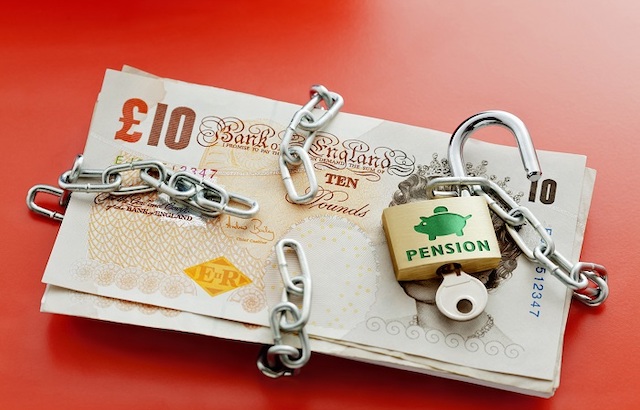HM Revenue & Customs has released figures showing that around 347,000 people took money from their pensions during the third quarter of 2020, worth a total of £2.3bn ($3bn, €2.5bn).
This is a 6% rise compared to the same three months in 2020, and 2% higher than the previous quarter.
But the average sum withdrawn during Q3 was £6,700, a 7% drop from the £7,200 taken during the same period in 2019.
While the increase in numbers of withdrawals has been largely attributed to the impact of lockdown and covid-19, many industry professionals view the continued fall in the average sum withdrawn as reassuring.
Steven Cameron, pensions director at Aegon, said: “Today’s figures show an unusual reversal in seasonal trends. In previous years, there has been a peak in April to June; but lockdown, as in all walks of life, has led to different behaviours.
“There have been concerns that over-55s facing financial difficulties during covid-19 would look to their pensions to provide a short-term boost and deplete their pension pot when fund values remain depressed. This will remain concerning as we move through a second wave with employment prospects particularly concerning.”
Seek advice
But Cameron said that the pandemic is not the only storm retirees must weather.
“Alongside covid-19, there are other headwinds in the path of a stock market recovery, with ongoing uncertainty over Brexit negotiations.
“Those concerned over withdrawing from their pension in a volatile market should seek professional financial advice.
“Pensions are designed to provide an income throughout retirement and reducing the amount of income withdrawn during a period of downturn could be important for the longevity of the pension pot.”
Beware of limitations
Despite the number of withdrawals increasing, research by Close Brothers shows that only half (52%) of those aged 55 to 64 are aware that there is an annual limit on how much they are allowed to pay back into their pensions – also known as the money purchase annual allowance (MPAA).
Once people decide to go into drawdown, the MPAA is triggered and it only allows savers to contribute £4,000 a year into their pots, and it applies to both personal and workplace schemes.
Jeanette Makings, head of financial education at Close Brothers, said: “When it comes to deciding whether to drawdown a pension, there are positives in terms of having the flexibility to take out what’s needed at times to meet specific goals.
“But there are also risks; not least where the pension is invested and monitoring it in line with changing needs over time; being careful to not draw too much or too little and the impact of both on lifestyle in retirement, especially in uncertain economic times.
“Of course, understanding the tax implications is also key.”
Review your planning
Andrew Tully, technical director at Canada Life, added: “It’s encouraging to see that people haven’t necessarily been rushing to their pension pots to help support their finances through the pandemic. However, it will be worth keeping an eye on this figure to see if withdrawals rise as economic pressure intensifies.
“It’s worth noting as well that for many the ability to spend has been limited due to lockdown so the idea of using your pension as a cash machine for larger withdrawals for holidays or home improvements is less likely to appeal.
“We have now seen more than £37bn withdrawn from pension savings since the inception of pension freedoms in 2015. That is a staggering amount of money in what a relatively short space of time.
“Anyone accessing their pension for the first time should be aware of a potential sting in the tail – the MPAA. This is especially important for those who plan to continue paying into their plan.”








